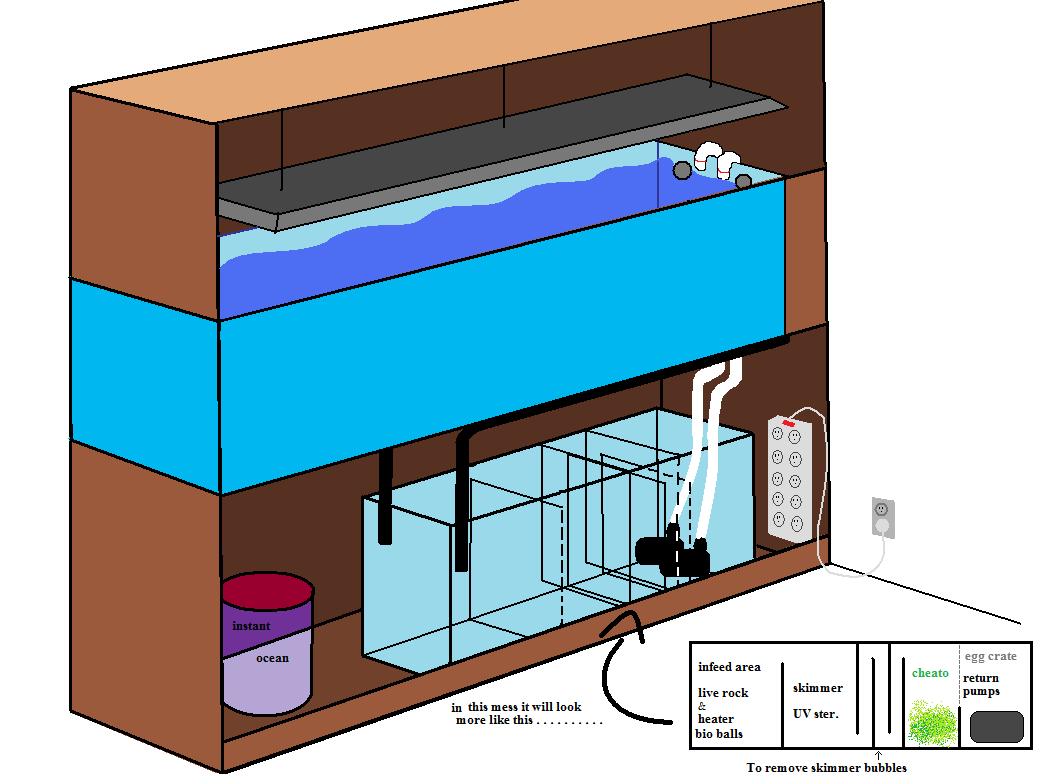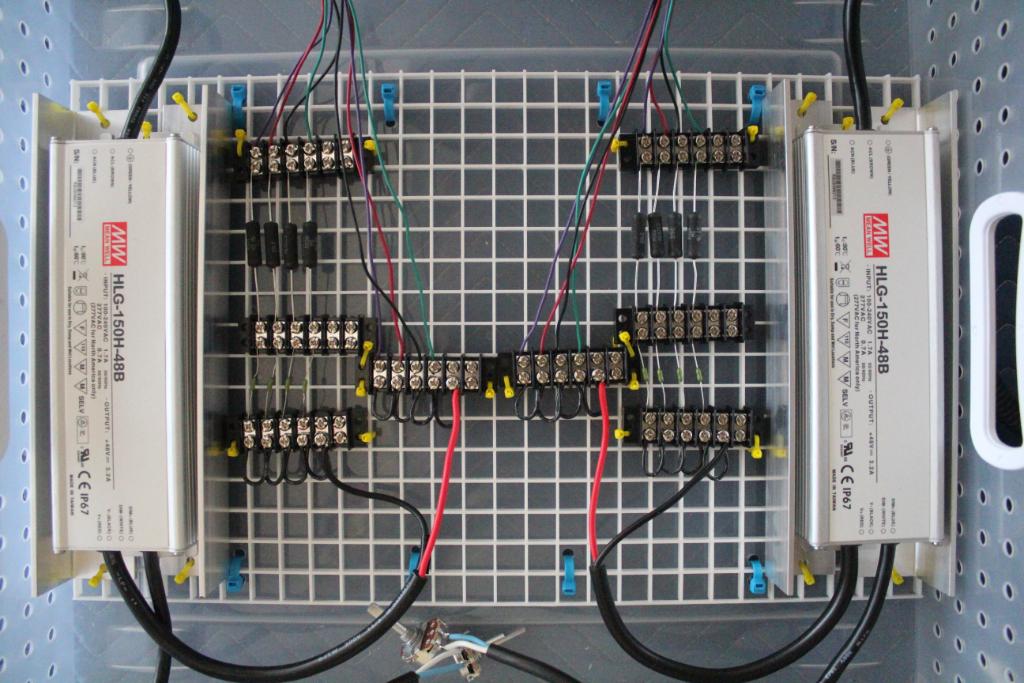andrewjardin
Member
Hey everybody, so starting to think ahead about lighting for my 112 tank, i think i'm going to do led's. However i know absolutely nothing about them, and nothing helps more then talking to real people who have or are doing it themselves as well! So the tank is 5 ft long, or 60 inches. If anybody knows of any really awesome LED builds please let me know!! Where do you buy led's? At your general hardware store or do they have to be special 'aquarium' leds? I want to just affix them to a wooden plank that will hang from the cieling, so yeah. i dont even know what to ask lol, i just need information please!  and approx. cost for such a large light?
and approx. cost for such a large light?






